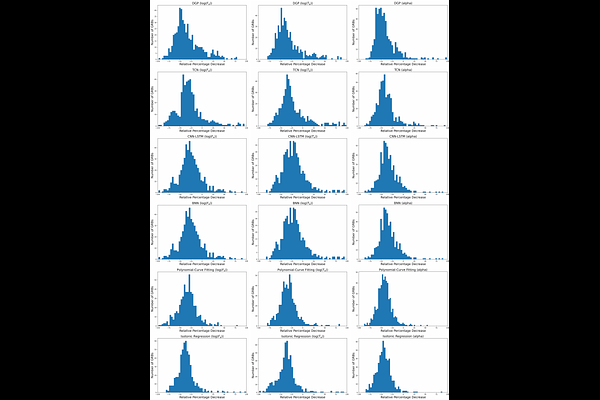Multi-Model Framework for Reconstructing Gamma-Ray Burst Light Curves

Multi-Model Framework for Reconstructing Gamma-Ray Burst Light Curves
A. Kaushal, A. Manchanda, M. G. Dainotti, K. Gupta, Z. Nogala, A. Madhan, S. Naqi, Ritik Kumar, V. Oad, N. Indoriya, Krishnanjan Sil, D. H. Hartmann, M. Bogdan, A. Pollo, JX. Prochaska, N. Fraija
AbstractMitigating data gaps in Gamma-ray bursts (GRBs) light curves (LCs) holds immense value for its application in cosmological research because it provides more precise measurements of the parameter of interest of the two-dimensional Dainotti relation which is a relation among the end time of the plateau emission, Ta, its respective luminosity, La which is calculated from the fluxes at the end of the plateau, Fa. This study extends the work done by arXiv:2305.12126; arXiv:2412.20091v4 on the 545 GRB sample by introducing six different models: Deep Gaussian Process (DGP), Temporal Convolutional Network (TCN), Hybrid model of Convolutional Neural Network with Long Short-Term Memory (CNN-LSTM), Bayesian Neural Network (BNN), Polynomial Curve Fitting and Isotonic Regression. Our findings demonstrate that Isotonic Regression achieves the highest uncertainty reduction for all three parameters (36.3% for log Ta, 36.1% for log Fa, and 43.6% for {\alpha}) outperforming all the other models. The CNN- LSTM model shows consistent improvements across all GRB parameters with the lowest outlier rate for {\alpha} (0.550%), surpassing the performance of the LSTM model in arXiv:2412.20091v4. The DGP model offers reliable uncertainty reduction across all parameters and improves upon the single-layer GP baseline. These advancements are essential for using GRBs as theoretical model discriminators via the parameters of their LCs and standard candles in cosmology, investigating theoretical models, and predicting GRB redshifts through recent cutting-edge machine-learning analysis (arXiv:2411.10736,arXiv:2405.02263; arXiv:2410.13985).